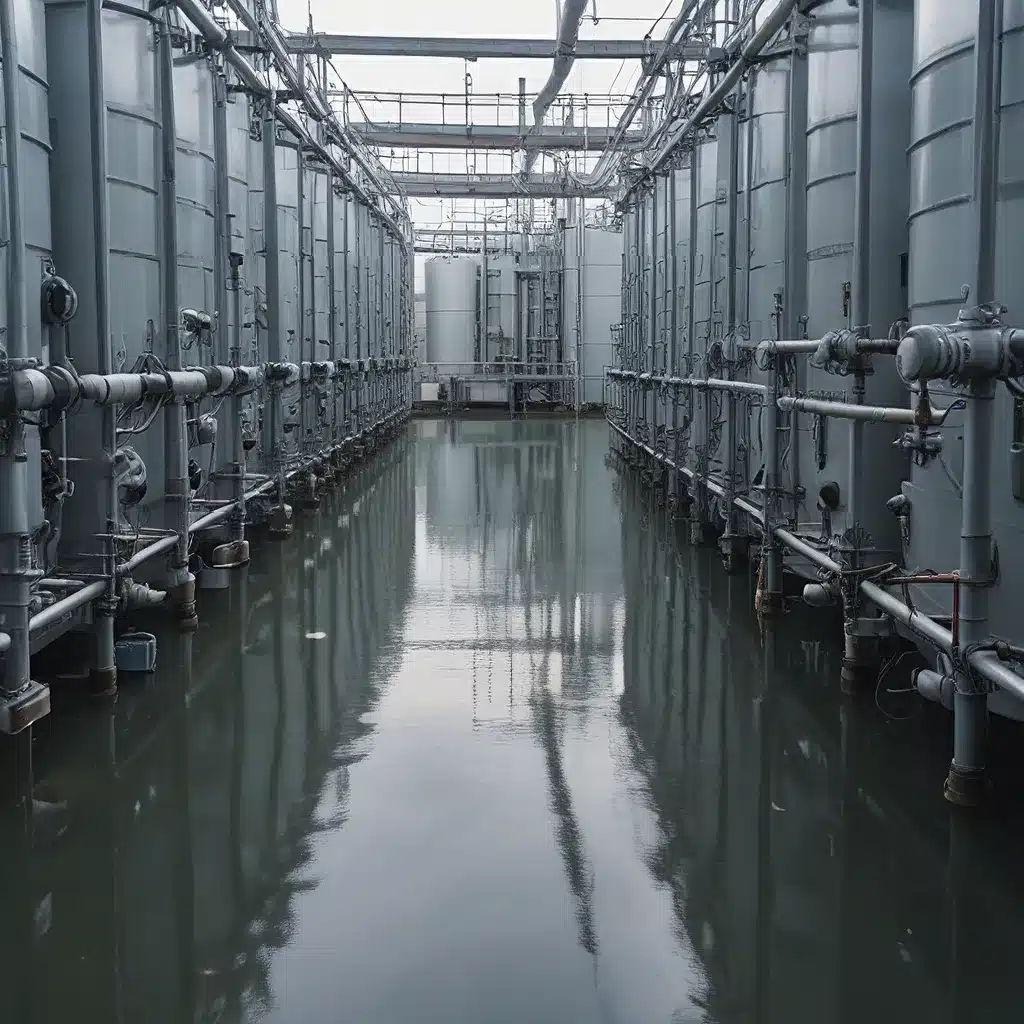
Ah, the world of water treatment – where the fate of H2O hangs in the balance! As a self-proclaimed data enthusiast, I must admit, I’ve long been fascinated by the role analytics plays in ensuring the safety and purity of our most precious liquid asset. And let me tell you, the possibilities are as endless as the currents of a mighty river.
Navigating the Data-Driven Frontier
Picture this: you’re an intrepid water treatment engineer, tasked with keeping an entire community’s taps flowing with liquid gold. But how do you ensure that every drop meets the strictest safety standards? Well, my friends, the answer lies in the power of data analytics.
By harnessing the vast troves of information generated by modern water treatment facilities, we can unlock a whole new level of operational efficiency and safety. Imagine a world where Inland Waters could pinpoint potential contaminants before they even enter the system, or predict equipment failures before they cause a catastrophic shutdown. It’s not science fiction – it’s the reality we’re living in, thanks to the transformative power of data.
Diving into the Data Deluge
Now, I know what you’re thinking: “But where does all this data even come from?” Well, my data-savvy friends, the answer is all around us! From the digital sensors monitoring water quality to the intelligent control systems managing treatment processes, the modern water treatment facility is a veritable goldmine of information.
And let’s not forget the wealth of external data sources we can tap into – weather patterns, environmental regulations, even customer usage trends. When we combine all of these disparate data points, we unlock a treasure trove of insights that can revolutionize the way we approach water treatment safety.
Transforming Insights into Action
But data alone is just the beginning. The true power lies in our ability to transform those insights into meaningful, actionable decisions. Imagine a world where water treatment plants could automatically adjust their processes in real-time, based on fluctuations in water demand or changes in weather conditions. Or what if we could use predictive analytics to identify potential equipment failures before they even occur, allowing us to proactively maintain our systems and minimize downtime?
Overcoming the Challenges
Now, I’d be remiss if I didn’t acknowledge the challenges that come with this data-driven transformation. After all, integrating complex systems, ensuring data security, and navigating the ever-evolving regulatory landscape can be no easy feat. But where there’s a will, there’s a way – and the water treatment industry has proven time and time again that it’s up to the task.
Take, for example, the work being done by Nestlé in their quest to optimize water usage and minimize waste. Through the strategic use of data analytics, they’ve been able to identify and address inefficiencies in their production processes, all while ensuring the highest standards of water quality and safety. It’s a testament to the power of data-driven decision-making, and a shining example of what’s possible when we embrace the digital transformation.
Unlocking the Future of Water Treatment
And as we peer into the crystal ball of water treatment’s future, the prospects only get more exciting. Imagine a world where AI-powered algorithms could predict and prevent water contamination events before they even occur. Or what if we could use blockchain technology to create a secure, decentralized water quality monitoring system that empowers communities to take control of their own water resources?
The truth is, the possibilities are as boundless as the ocean itself. But one thing is certain: by harnessing the power of data analytics, we can unlock a new era of water treatment safety and sustainability – one that ensures every drop we consume is as pure and pristine as the day it fell from the sky.
So, my fellow data-driven water warriors, let’s dive in and make a splash in the world of H2O. The future is ours to shape, and with the right tools and the right mindset, we can ensure that the wellspring of life flows freely and safely for generations to come.
As the saying goes, the power of data is in our hands – let’s use it to make waves!


